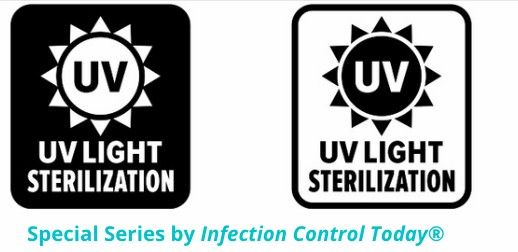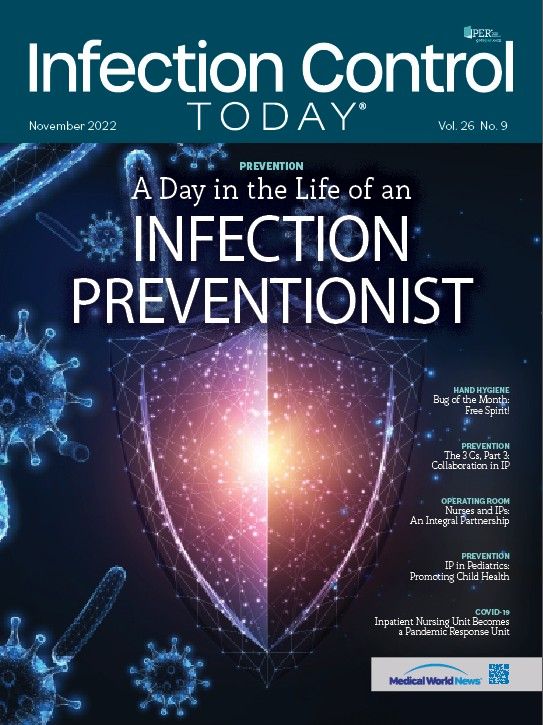Ultraviolet C Light Technology: Effective or Waste of Money?
Despite studies that show UV-C is effective and safe, some individuals still refuse to believe it, based on experience with or studies based on first generation UV-C technology.
For decades, ultraviolet C light (UV-C) has been used to reduce health care-associated infections in health care facilities. It also has been proven to be effective against SARS-CoV-2, but not everyone believes that that UV-C is worth the limited funds of health care facilities. Specifically, the health care sector wanted to know information about the UV-C technology, so a leader in impartial health care research, KLAS Research, conducted a study of Surfacide, a UV-C technology company, to do a deep dive into the industry.
UV Light Sterilization, an Infection Control Today® special series
(Adobe Stock)

The newly released report from KLAS Research, about Surfacide UV-C Technology covers how Surfacide is seen within the health care industry. In this first of 2 segments of an exclusive interview, Gunner Lyslo, founder and CEO of Surfacide speaks with Infection Control Today® (ICT®) about what the report means for both Surfacide and the industry itself, how the industry has evolved and where it is going, and what specifics individuals and companies looking into UV-C technology should look for to verify the product is both legitimate and safe for the workers and visitors to their facilities because not all UV-C technology is created equal.
“If you're using the technology, and you have appropriate indications for use, it provides significant value significant value to the patients, to the frontline health workers, to all of those other elements,” Lyslo told ICT®. “For those who either were using first generation [UVC] technology, and…they had such a bad taste in their mouth, they've just thrown in the towel, or now you have non-health care. Individuals who are considering this [technology], we don't want them to have a bad taste. It's the proverbial poisoning of the well. That's one of the things that Surfacide is doing. We're elevating ourselves; we're shooting everybody straight. This is exactly how the technology works. These are its strengths. These are its limitations. You can then make an evidence-based decision to determine does this work for your organization.”
The UVC industry has its doubters, and Lyslo addresses those “naysayers.” He examines how he responds to the cynics who claim UV light disinfection is a waste of money, time, and resources. He also talks about what questions an individual who is considering a UVC product should ask to make sure they are getting a quality product—Surfacide's or another.
This is part of an ICT® on-going special reporting on UV-C technology.

Phage Therapy’s Future: Tackling Antimicrobial Resistance With Precision Viruses
April 24th 2025Bacteriophage therapy presents a promising alternative to antibiotics, especially as antimicrobial resistance continues to increase. Dr. Ran Nir-Paz discusses its potential, challenges, and future applications in this technology.
Robust infectious disease surveillance, including rapid subtyping of influenza A, is essential for early detection, containment, and public health reporting of novel viral threats.